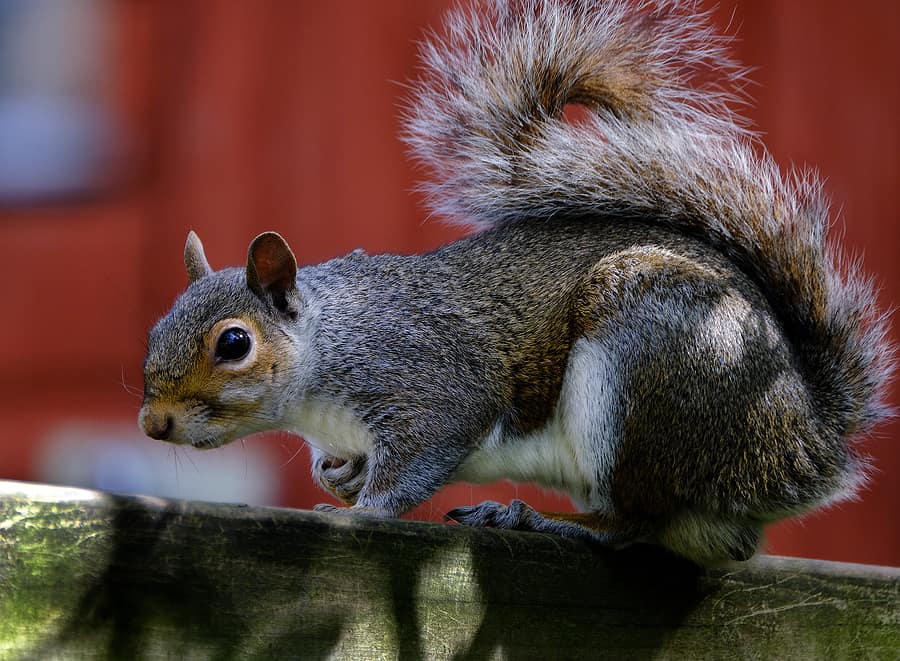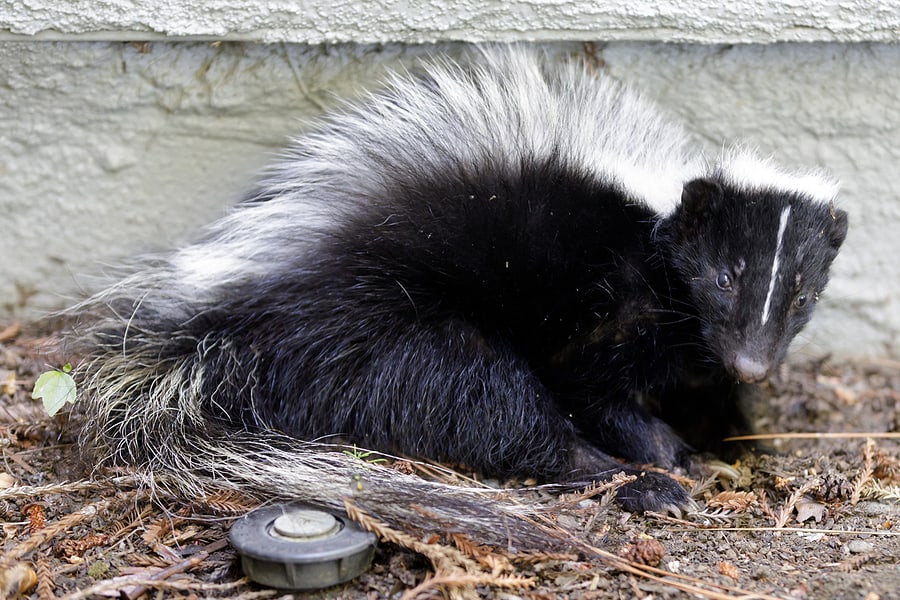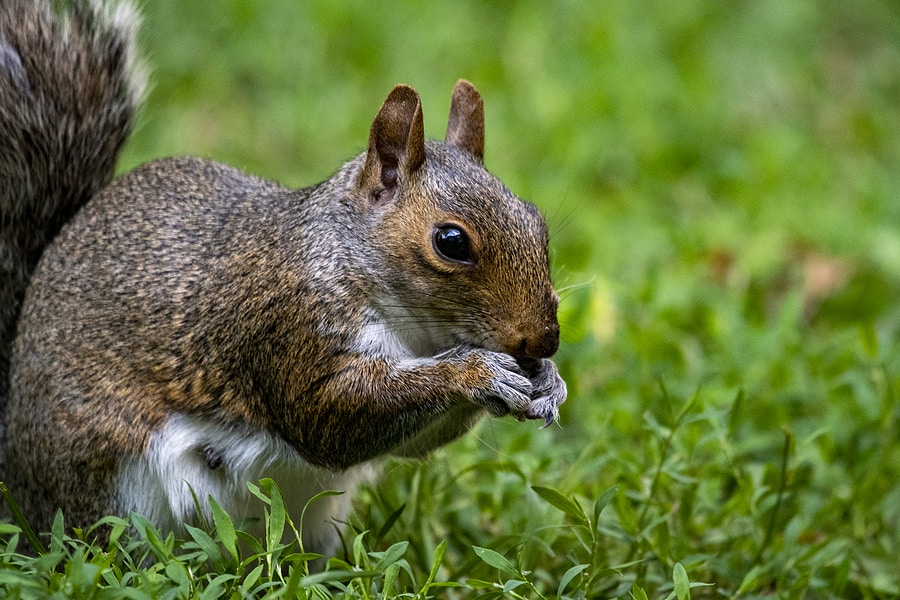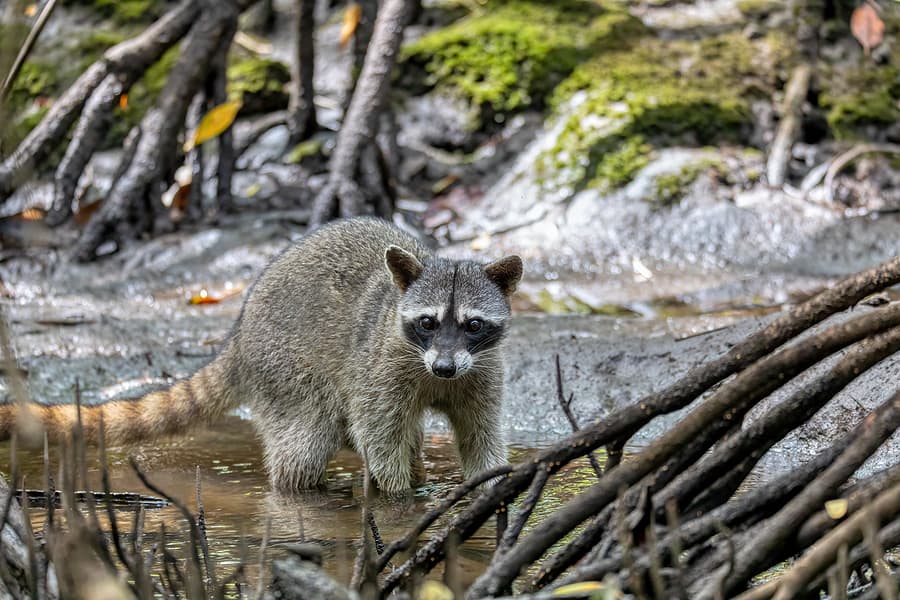READY TO GET STARTED?
REQUEST A FREE ESTIMATE
Fill out the form below or call (888) 466-7849 for a free, no-obligation estimate.

With spring upon us we can look forward to nicer weather, fresh air, and more time spent outdoors. The same is true for wildlife. This time of year these pests are emerging from hibernation in search of food, water, and the perfect nesting spot to have their first litter of the year. Here are some of the most common spring wildlife creatures and some general tips on wildlife prevention.

Skunks emerge from hibernation and become much more active in the spring. Skunks usually birth their first litters in early to mid-spring, as well. Skunks can cause damage to your property by burrowing under buildings. They are also known to spray noxious fumes when they feel attacked or cornered. Skunks are also the second most common carriers of rabies.

Although squirrels are not as common indoors as their other rodent cousins (mice and rats), once their hibernation period is over they will awaken looking for food and nesting sites. Squirrels also have their first litters in the spring. Squirrels can get into attics and wall voids, chewing holes, electrical wires, and phone cables.

Raccoons don’t usually hibernate but they are much less active in the winter. They have their young in the spring, often going in search of food and water to nourish them. Raccoons are very smart and will often get into trashcans at night. They can also be destructive to homes and lawns and will attack if they feel cornered. Raccoons are also known carriers of rabies.

Snakes start emerging from brumation/hibernation in early to mid-spring when they start laying their eggs. Snakes will often look for nesting sites in wood piles, under porches, under rock piles, and other shady, secluded areas around your home.
Most wildlife are generally harmless to humans but can become problematic if they get inside your home. Wildlife control starts at home with prevention. Help keep wildlife out with these handy tips:
If you suspect a problem with wildlife or other pests, contact a professional pest control company for a full analysis and treatment plan.
What is the Red Imported Fire Ant?
Do Swarming Termites Mean an Infestation?
How Do I Know if I Have Bed Bugs?
Categories